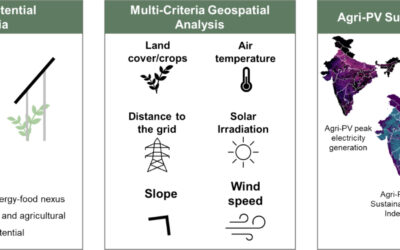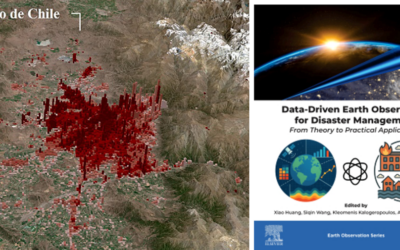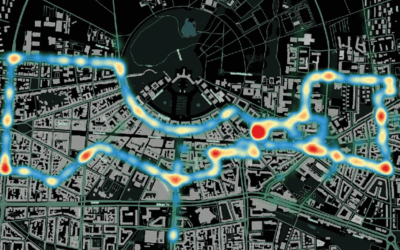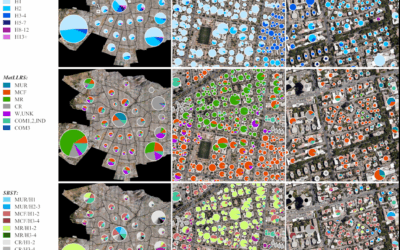New publication on the on the detection of informal graveyards
A new book titled “Urban Inequalities from Space” has been published by the editors Monika Kuffer and Stefanos Georganos. Please see here for details: https://link.springer.com/book/10.1007/978-3-031-49183-2#toc
In this book, researchers from our Earth Observation Research Cluster (EORC) of the University of Würzburg contributed one chapter titled “Detection of Unmonitored Graveyards in VHR Satellite Data Using Fully Convolutional Networks”.
Teaming up with colleagues at the Earth Observation Center (EOC) of the German Aerospace Center (DLR) in Oberpfaffenhofen, the University of Twente, Enschede in the Netherlands and the University of Amsterdam in the Netherlands they led a study on the detection of informal graveyards in Lima. This chapter was just published by Henri Debray, Monika Kuffer, Christien Klaufus, Claudio Persello, Michael Wurm, Hannes Taubenböck and Karin Pfeffer.
Here is the link to this chapter: https://link.springer.com/chapter/10.1007/978-3-031-49183-2_9
Here is the abstract of the paper: Lima, Peru, is a highly dynamic urban region home to perpetually evolving informal areas. Earth observation (EO) studies on these areas focused almost solely on their inhabited parts, the informal housing. In this study, we propose to extend the focus to another component of the informal settlements: informal graveyards. Their emerging morphologies in Lima are similar to informal housing, making this particular distinction challenging. Furthermore, both graveyards and housing typically experience joint, intertwined spatial development. The adjacency of graveyards and informal housing causes social and public health risks. Therefore, detection of boundaries between graveyards and adjacent (in)formal housing is essential, e.g. as an information basis for preventing the spread of diseases and supporting public health and safety in general. However, housing invasions on burial grounds have not yet been systematically monitored. Therefore, this study aims to develop a method for the distinction of graveyards from (in)formal housing. We combined anthropological field observations with fully convolutional networks (FCNs) with dilated convolution of increasing spatial kernels to acquire features of deep level of abstraction on Pleiades optical satellite images. The trained neural network developed reaches good accuracies in mapping informal graveyards, (in)formal housing, and non-built areas with an average F1 score of 0.878.









